Why visit Egypt?
Egypt is one of the world's great civilizations. A unified kingdom arose 3200 B.C., and a series of dynasties ruled in Egypt for the next three millennia. It was the Arabs who introduced Islam and the Arabic language in the 7th century and ruled for the next six centuries. Egypt became an important world transportation hub... It acquired full sovereignty with the overthrow of the British monarchy in 1952. The completion of the Aswan High Dam in 1971 and the resultant Lake Nasser have altered the time-honored place of the Nile River in the agriculture and ecology of Egypt. A rapidly growing population (the largest in the Arab world), limited arable land, and dependence on the Nile all continue to overtax resources and stress society. Have you ever tasted the Nile water? If yes, you will surely come back to Egypt. This is not a guessing, this is what will happen according to the famous Egyptian saying that: “whoever drinks from the Nile will always return”
Although Egyptians complain about life in Egypt 24/7, everybody seems to want to flee. They make up jokes about their country, ironically about themselves, but still believe “there is something special about Egypt”.
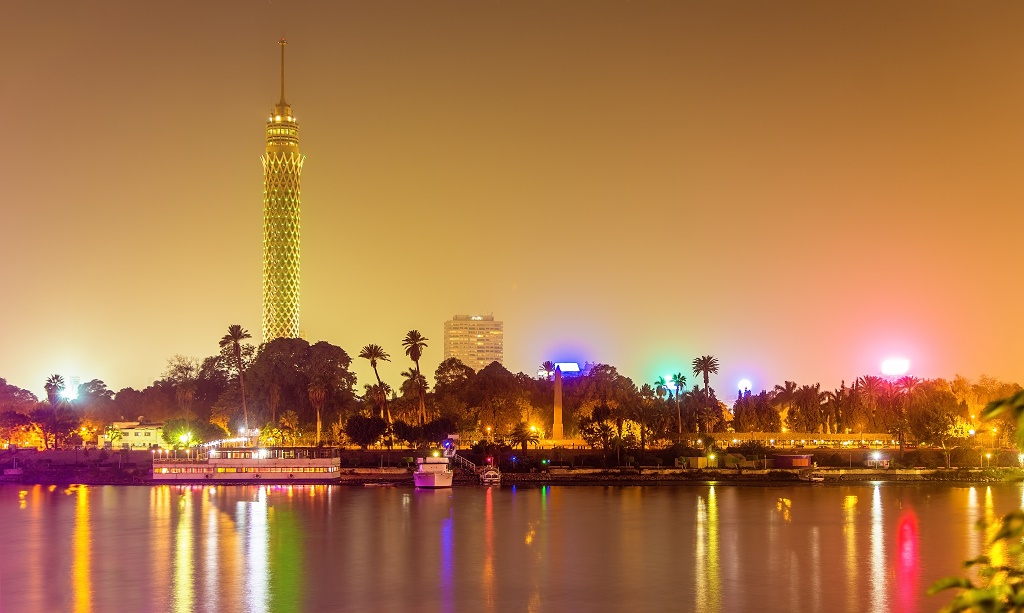
What does Egypt bring in mind?
The Great Pyramids
The quintessential Egyptian landmark. Arguably the most famous site in world and a must do on everybody’s Egyptian adventure. At over 4,600 years old, they are one of the only remaining 7 wonders of the ancient world. Don’t forget to hop on a camel or horse to ride to the top of the hill overlooking the pyramids. Here you will snag one of the best views of all three pyramids aligned. The Great Sphinx of Giza lies on the west bank of the Nile and is directly in front of the Khafre Pyramid.
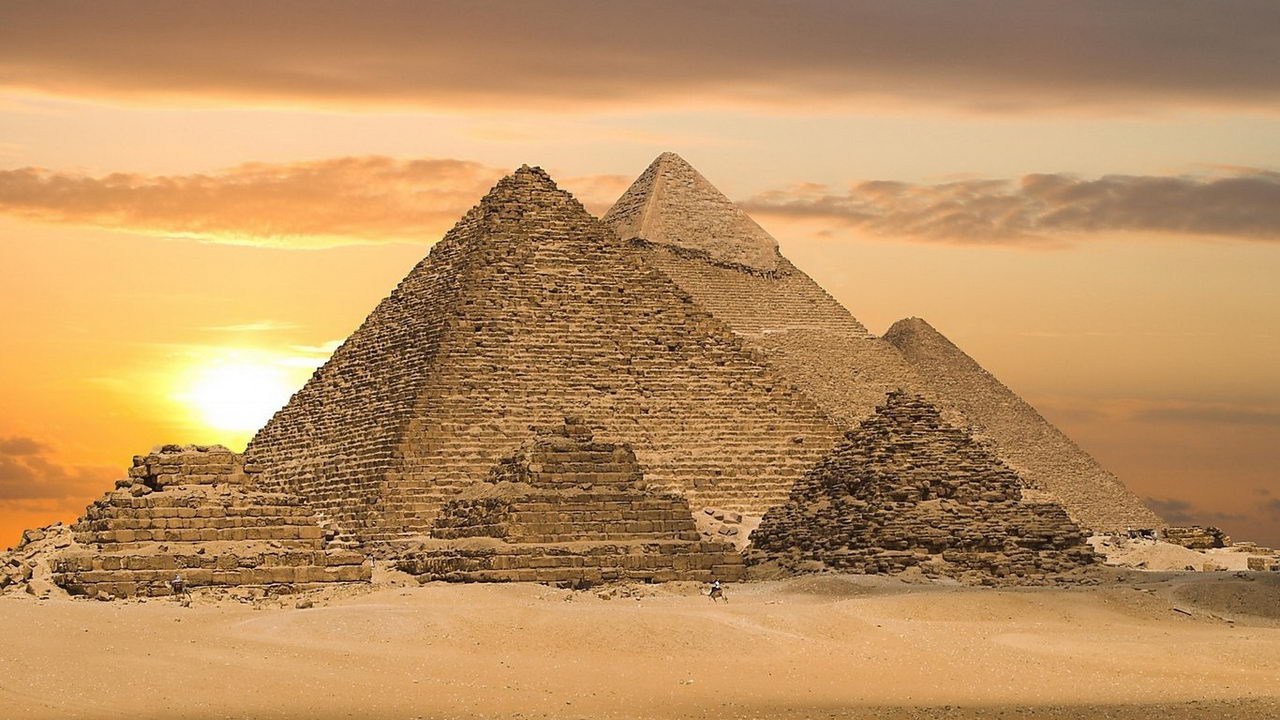
|
The Egyptian Museum of Antiquities The Egyptian Museum was first built in Boulak. In 1891, it was moved to Giza Palace of "Ismail Pasha" which housed the antiquities that were later moved to the present building. The Egyptian Museum is situated at Tahrir square in Cairo. |
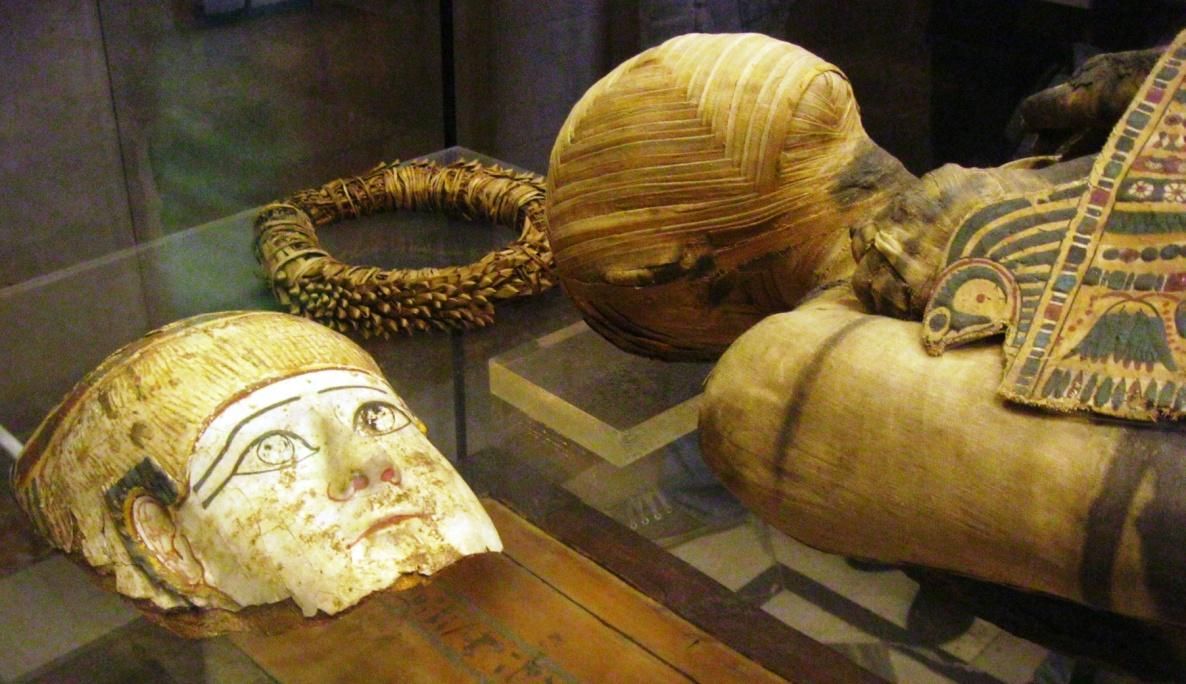 |
Khan El Khalili Bazaar
Cairenes have plied their trades here since the khan was built in the 14th century, and parts of the market, such as the gold district, are still the first choice for thousands of locals. Open from early morning to sundown. The agglomeration of shops, many arranged around small courtyards, stock everything from soap powder to semiprecious stones, not to mention toy camels and alabaster pyramids. The khan used to be divided into fairly rigid districts, but the only distinct areas are now the gold sellers, the coppersmiths and the spice dealers. The merchants of Khan al-Khalili are some of the greatest smooth-talkers you will ever meet. Almost anything can be bought here and if one merchant doesn’t have what you’re looking for, he’ll happily find somebody who does. One of the few specific things to see in the khan, the historic Ahwa Fishawi’s in an alley one block west of Midan al-Hussein. The other landmark, on the southwest side of the khan, is Midaq Alley, the setting for one of Naguib Mahfouz’ best-known works. The tiny stepped alley may not be populated with the same colourful characters as the novel, but the way of life here is little changed from the author’s 1940s depiction. Such is the alley’s fame that the street sign is kept in the coffeehouse at the foot of the steps and produced only on payment of baksheesh.
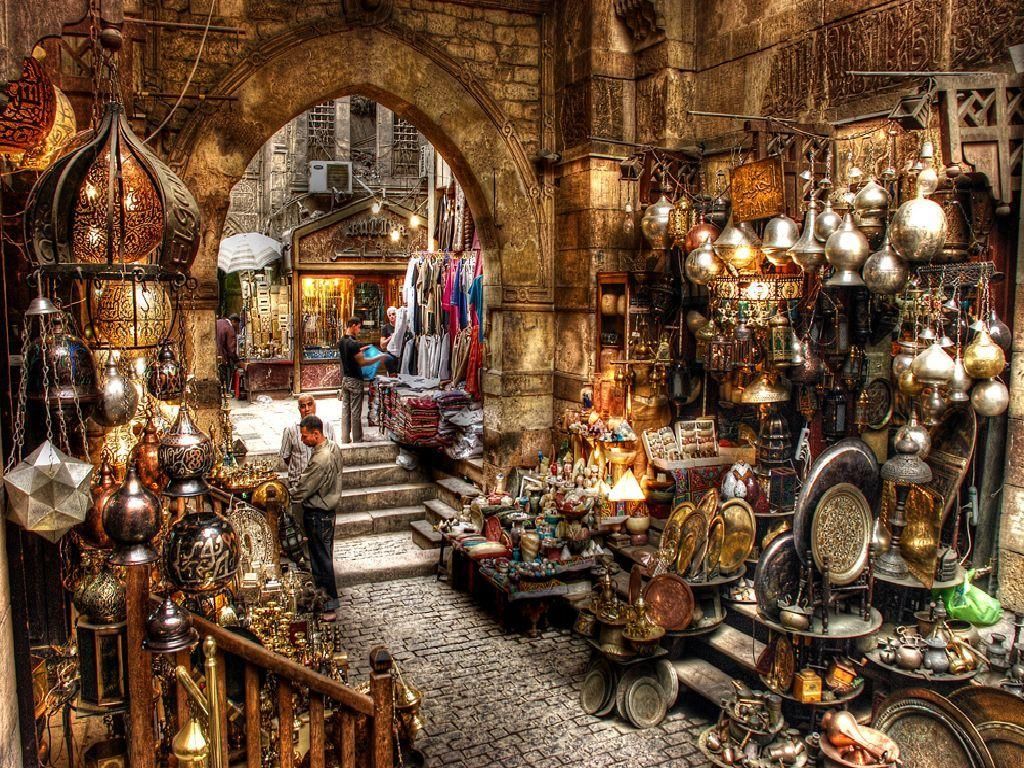
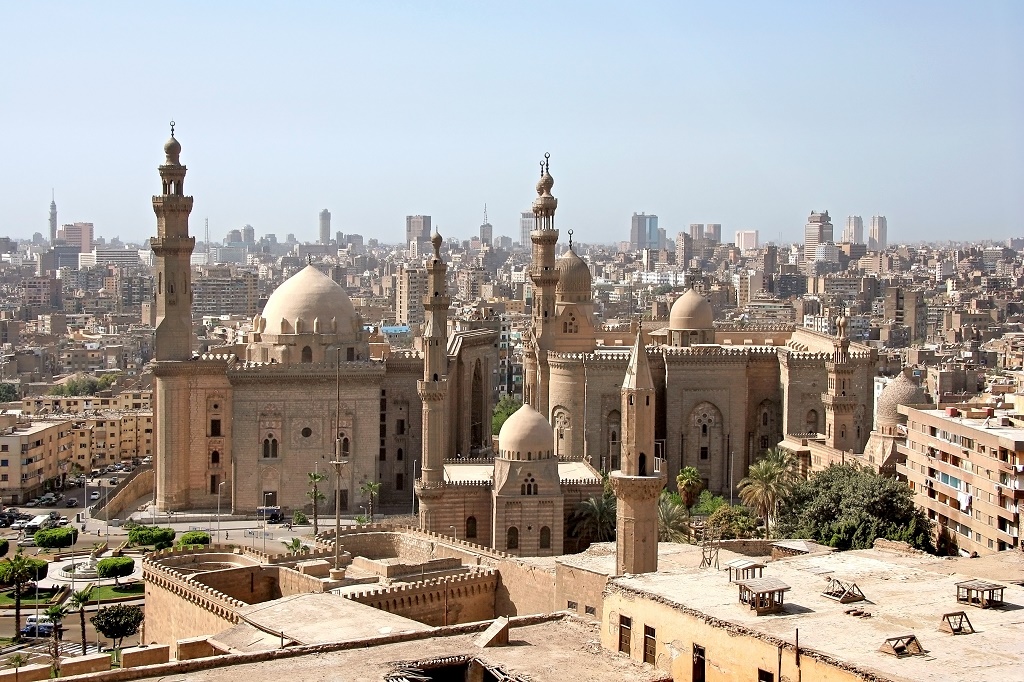 View of Cairo from Citadel |
Islamic Civilization Cairo; the city of a thousand minarets, that is what Cairo has been referred to in the past, and from time to time, it gets called by that name again, even though Cairo has way more than 1000 minarets now. In the older parts of Cairo, there a lot of mosques that were built during the time of the Mamluks, they were not one dynasty, rather a sultan after the next. To Muslims, mosques are a place of worship, graves and mausoleums have no business being built inside a mosque. To that effect, the Mamluks copied the actions of the Shiites who ruled in Egypt as the Fatimids, and to an extent they also copied the Christians and the Jews. In effect, most mosques in old Cairo cannot be prayed in. However, some of these mosques are works of art, like Al-Sultan Hassan mosque behind the Citadel, and the Mohamed Ali mosque inside the Citadel itself, and many more. |
|
Coptic Cairo Or in other words: Old Cairo, so named because it is the oldest part of Cairo, and in fact, predates what is now Cairo. This area became a Christian stronghold with as many as 20 churches built within an area of one square mile that is a must see when visiting Cairo. In addition, after the fall of Jerusalem in about 70 AD, the area also saw an influx of that religion, where the oldest synagogue is also located. Most of Pharaonic Egypt is a relic of one of the World’s first and grandest religions, including the Great Pyramids. Yet if the modern world can be said to have four major religions consisting of Christianity, Hinduism, Islam and Judaism, then three of those are represented by some of their most ancient relics in this section of Old Cairo. |
 |
Egyptian Cuisine
Egypt has a typical Egyptian cuisine that cannot be found in any other country around the world... Among its most prominent plates: Koshary, Molokheyah, stuffed Pigeons, Fetir specially with Egyptian hot dog and cheese, Rice Pudding, Foul and Ta3meya...
|
Some Egyptian delicacies and the most renown are Kahk and Ghorayeba. Not only food, but also some drinks are must haves when visiting Egypt like Karkade and Sugar Cane. The best thing about Egypt also is that the streets are never deserted, you will never be the only one hanging around at 4am. People are energetic 24/7, you would sense it more at night, so you go out and stay up very late and walk the streets without any problems, and always find places that are open to eat, drink, chill out and party. |
 |
Things you should not miss in the Cities of Egypt!
Cruising on The River Nile
When visiting Egypt, do NOT miss the opportunity to do a cruise down the Nile from Luxor to Aswan or vice versa. You can either do this on a traditional Felucca boat or a cruise ship. The two different boats have their positives and negatives. For a more traditional Egyptian experience, sign up for the Felucca cruise. However, if you are looking for full room and board with air conditioning and a pool, sign up for the Nile River Hotel Ships.
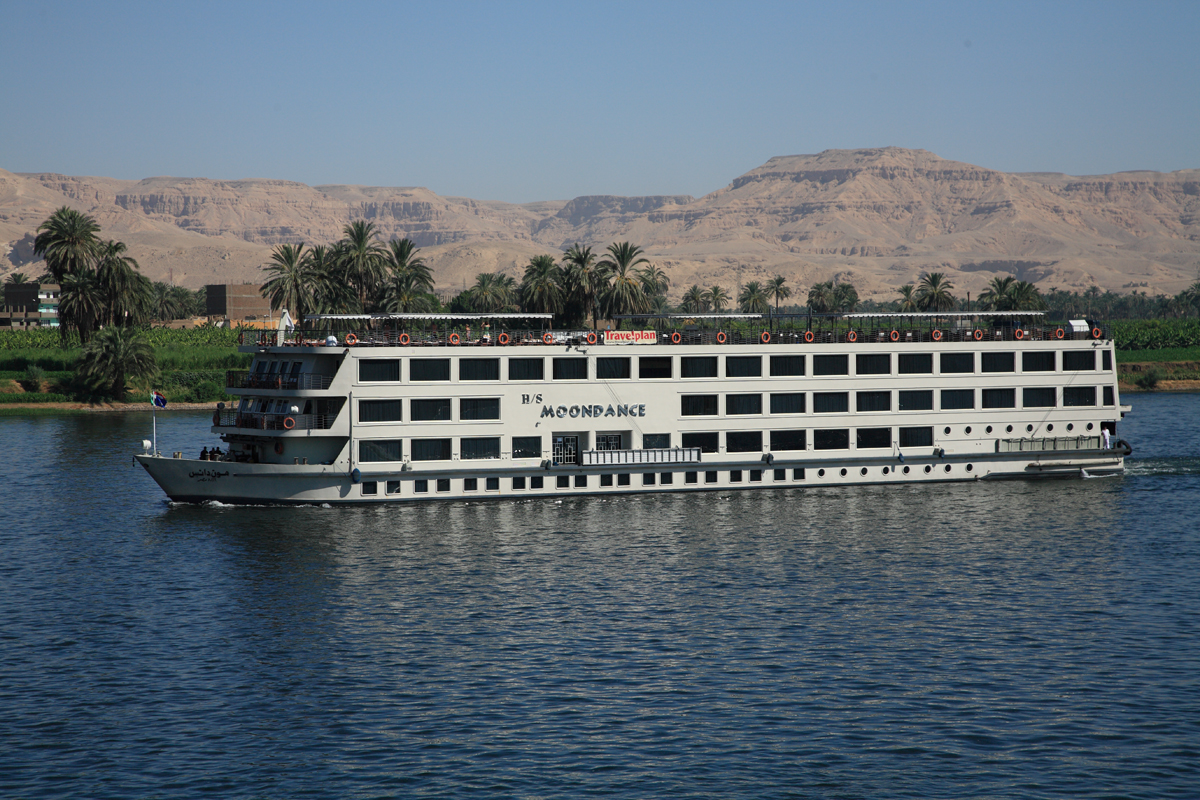
|
Visit Luxor’s Monuments Known as the 'world's greatest open air museum', Luxor has an amazing range of attractions to visit, from the stunning scenery of the Nile, to the Pharaoh's tombs. Luxor is steeped in history, and you are surrounded by it wherever you go. Towers, temples and statues are everywhere, but there are some jewels in the crown that are not to be missed. The Valley of Kings is a collection of 63 tombs, containing the bodies of some of the most important historical figures from ancient Egypt. The Temple of Karnak and the Luxor Temple are also must- see historical sites. To learn everything there is to know about Luxor, head to the Luxor Museum which charts the amazing history of the city, from ancient Egypt to modern day. |
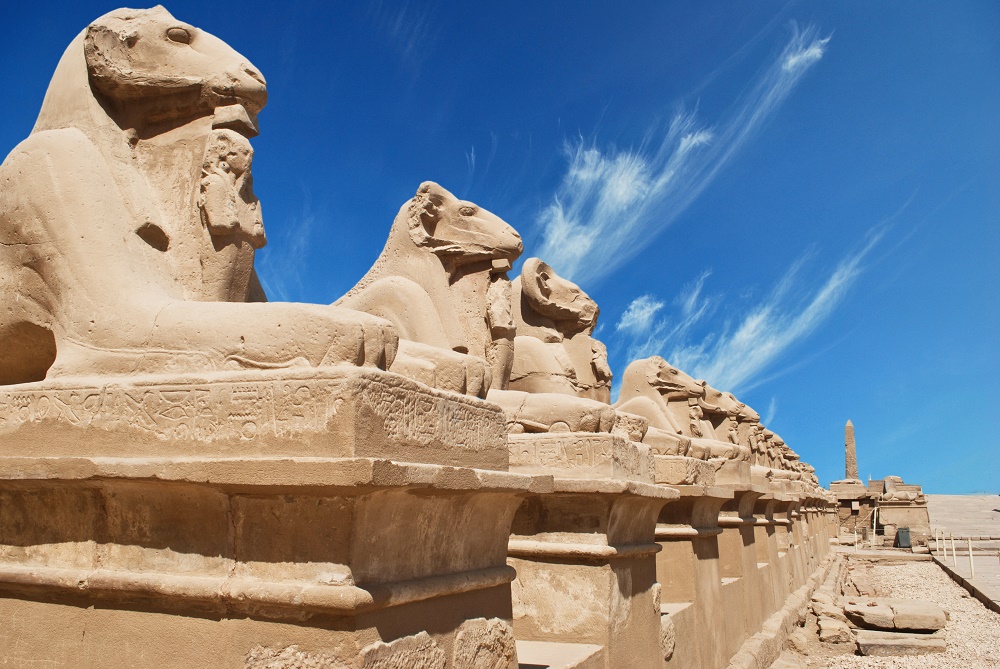 |
Visit Abu Simbel Temple
Better yet, experience the sanctuary during the famed Sun Festival, which happens twice a year around Feb. 22nd and Oct. 22nd . On these dates only, the interior chamber of the temple of Ramses II fills with light. Meanwhile, sunrise illuminates the statuettes of Ramses, Ra and Amun in the central chamber.
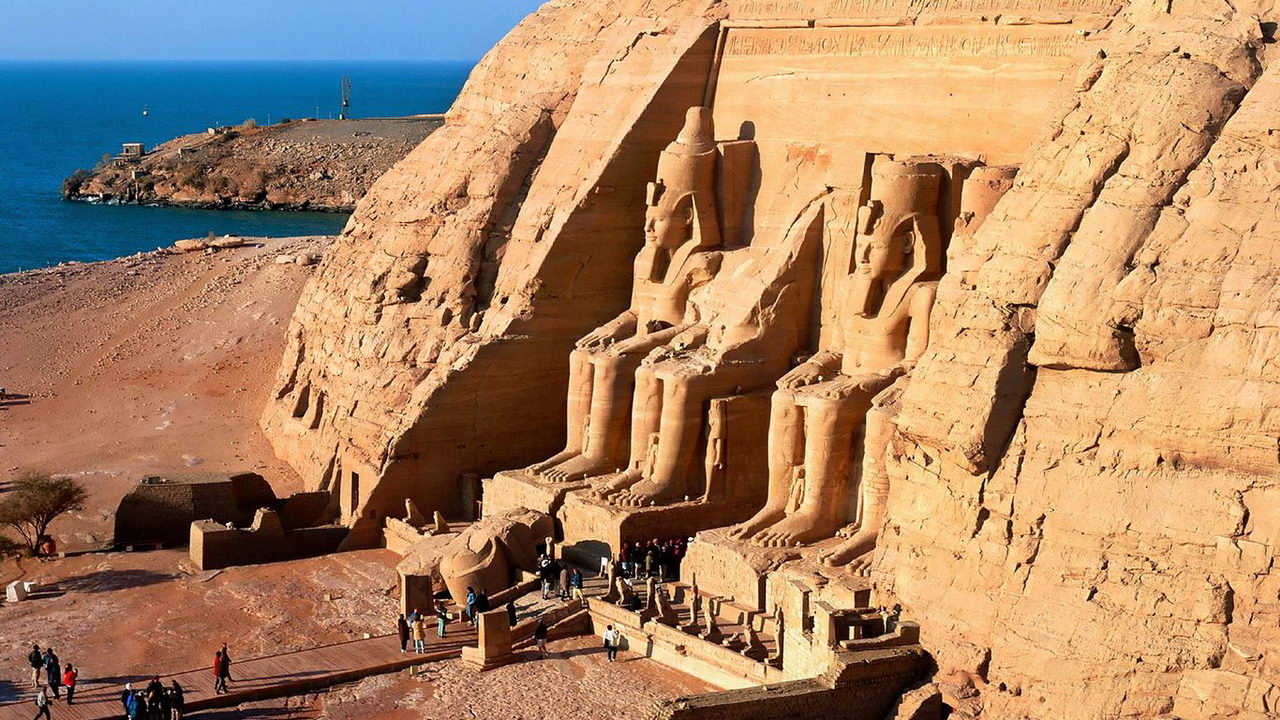
|
Fishing in Lake Nasser Some fishermen travel from the other side of the world just to come fish at Lake Nasser. Lucky for you, it’s just a road trip or short flight away, located on the southern end of Egypt and the northern edge of Sudan. A fishing safari on Lake Nasser is a must for those who enjoy “getting away from it all“. The areas where you fish are extremely remote, and you will be literally completely cut off from the rest of the World. For those who have a sense of adventure and appreciate out life, a fishing safari on Lake Nasser or taking a Nile Cruise between Aswan and Abu Simbel on one of the floating hotels is a perfect match. |
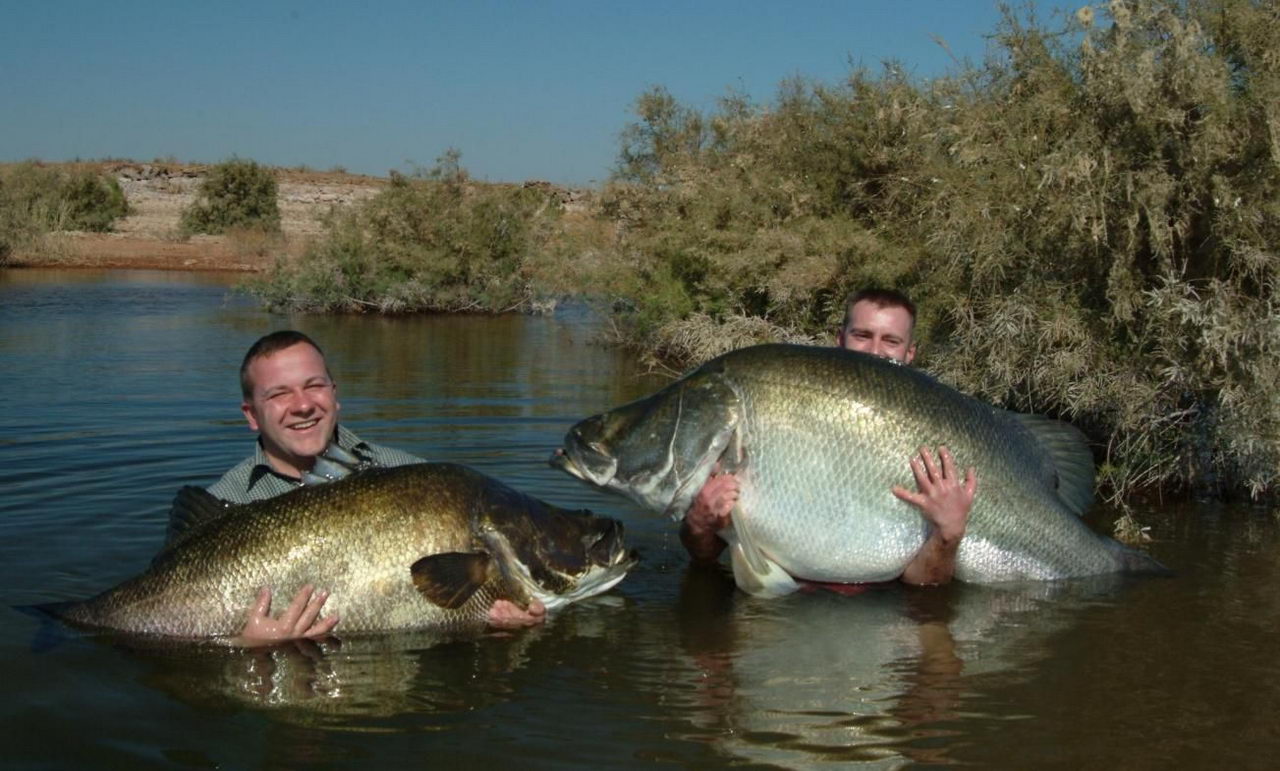 |
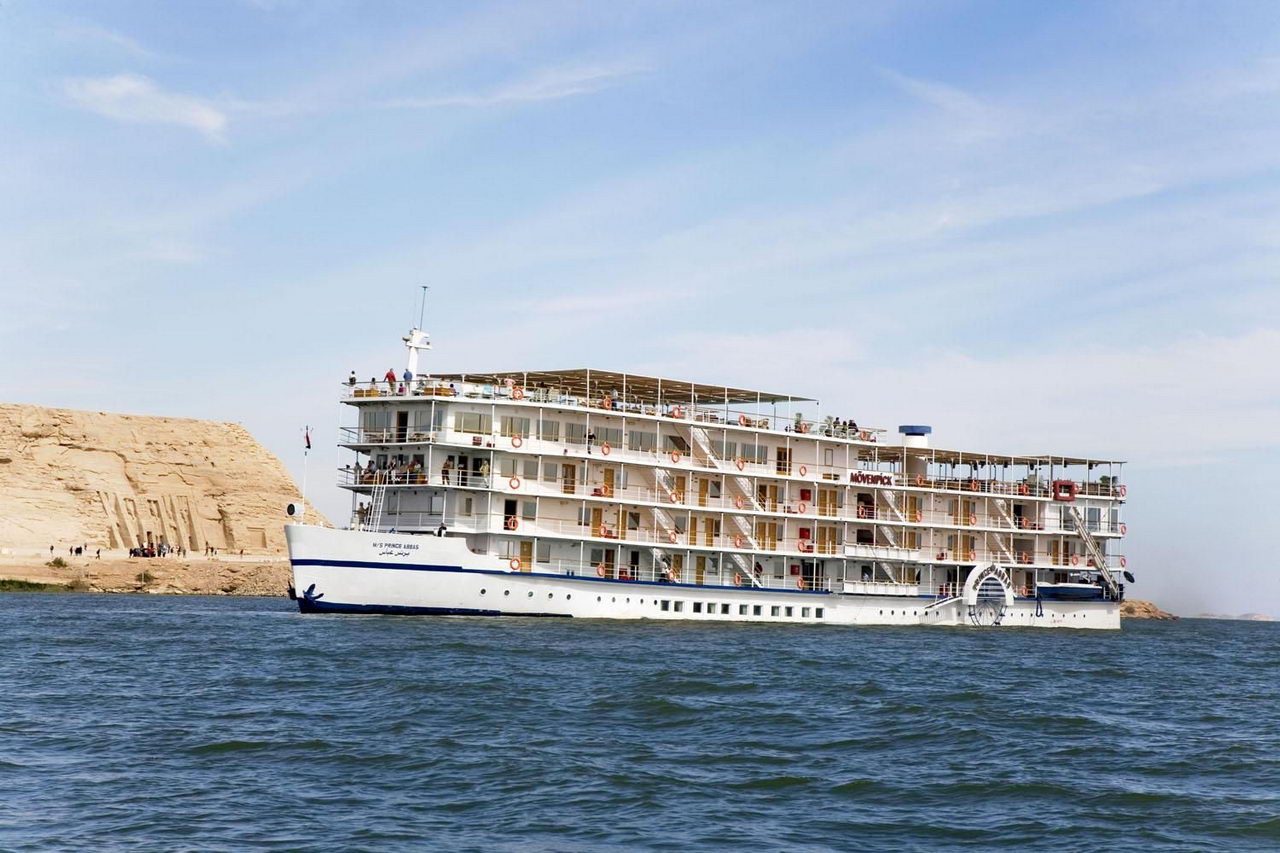 |
Take a religious tour in Cairo You can hit the main spots in one day or plan a tour over several as most sites are nearby each other. Great for photographers. |
|
Take a road trip to Siwa A great excuse to stop at Marsah Matrouh, which has been pumped with investment recently, on the way. Don’t miss Cleopatra’s Beach and Rommel’s Beach. Upon arrival at the oasis, check out its renowned olive groves and palm gardens, the Temple of the Oracle and the Libyan souq. Consider staying at one of Siwa’s many Eco Lodges. |
 |
A dip in the Red Sea
The Red Sea is justifiably famous for the spectacular coral reefs and more than 1000 species makes diving and snorkeling paradise. Many Egyptians and tourists base themselves in the resort town of Sharm el Sheikh on the point of the Sinai Peninsula and explore Ras Mohammed National Park, 20km to the west. So, go on a long weekend and put your certification to good use or get one. Diving in Egypt’s Red Sea is world-renowned and unrivaled. Go on a live-aboard from Hurghada or dive Dahab‘s notorious Blue Hole and Canyon. And if you’re not into scuba, you can always do snorkeling.
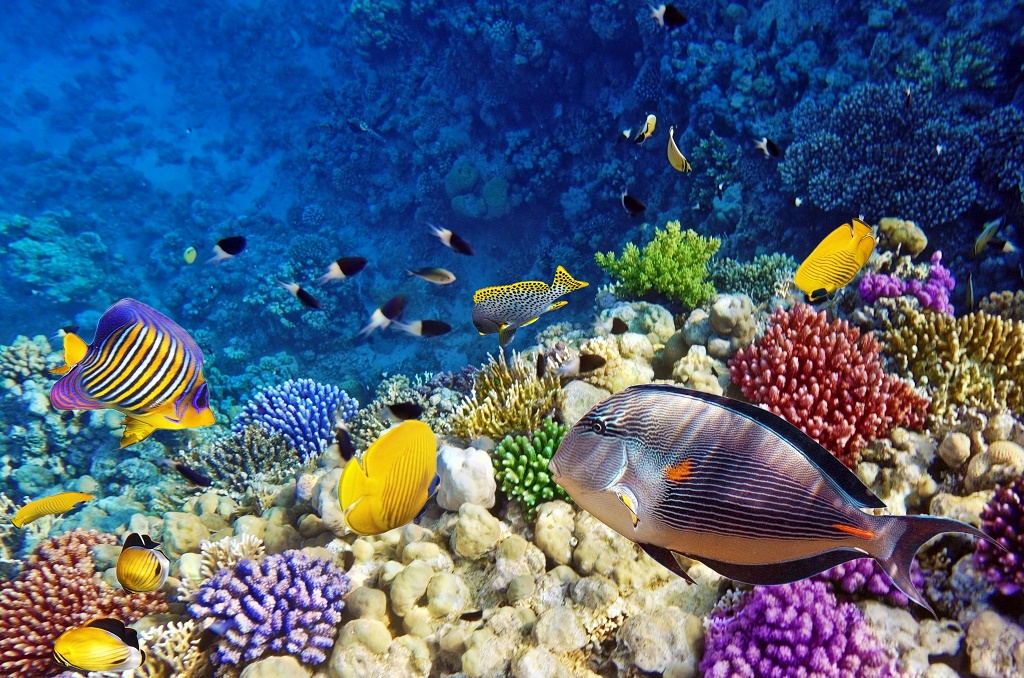
Beach holidays
Culture packages
Travel deals
Entering this website you automatically agree the following terms and conditions even if You are not a registered user of the site. Images shown on the website, country and travel specifications, as well as the webdesignes are subject to copyright protection, Elegant Enterprises are All rights reserved. Prohibited the website all or partial copy, store, use, distribution and sale, without the written consent of the copyright owner of this website (Elegant Enterprises)